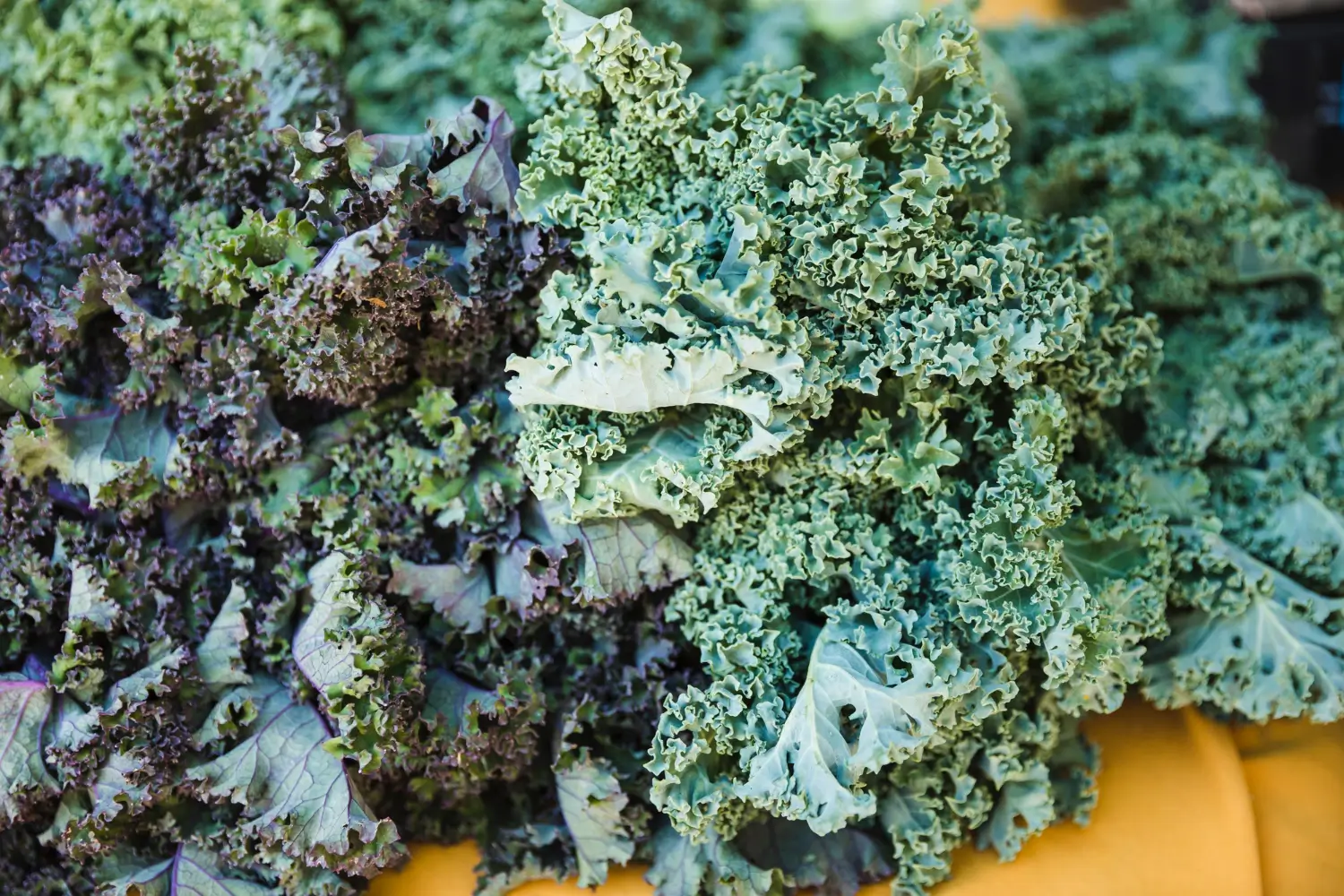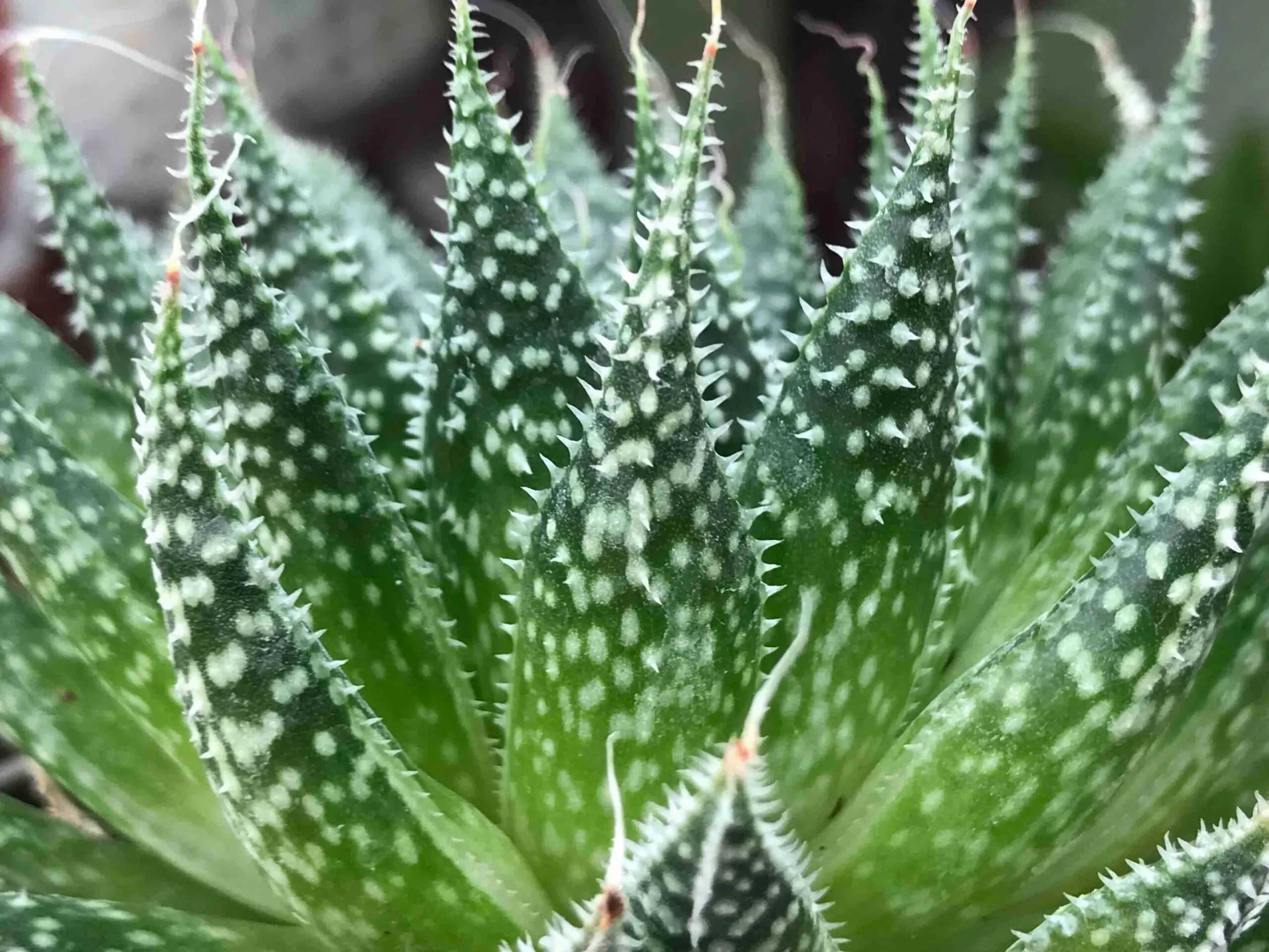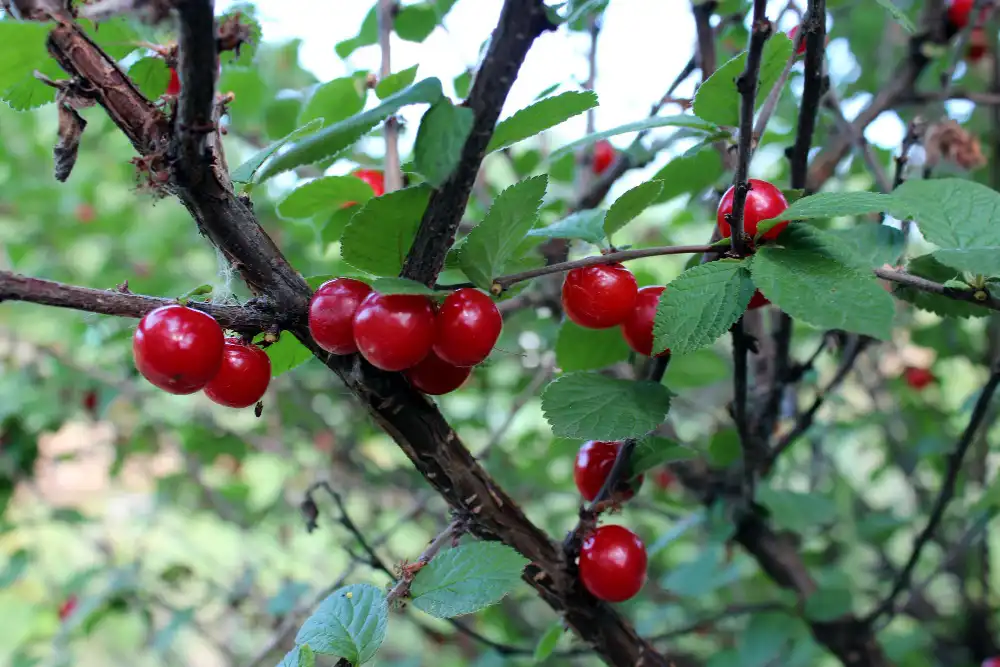
Soil Health & Fertilization
We unite suppliers and green industry professionals worldwide
Yaupon holly (Ilex vomitoria) is an evergreen shrub or small tree that’s native to the southeastern part of the U.S. It is highly valued for its hardiness, ornamental characteristics, and caffeine-rich leaves
By Victor Miller
|Published on June 05, 2025


“Did you know America has its own natural source of caffeine—growing wild in the Southeast?”
Yaupon holly (Ilex vomitoria) is an evergreen shrub or small tree that’s native to the southeastern part of the U.S. It is highly valued for its hardiness, ornamental characteristics, and caffeine-rich leaves. Once brewed by Indigenous peoples into a ritual tea, Yaupon is now experiencing a renaissance in gardens and kitchens alike.
With glossy green leaves, graceful branching, bright red berries that persist into winter, Yaupon shines all year. It is adaptable to a wide variety of soil conditions and climates, so you can count on it as a landscaping choice— whether as a trimmed hedge, a standalone accent, or a wild natural screen.
| Botanical Name | Ilex vomitoria |
| Common Name | Yaupon holly |
| Type | Evergreen shrub or small tree |
| Height | 6–25 feet (depending on cultivar) |
| Light needs | Full sun to partial shade |
| Soil | Well-draining; tolerant of poor or sandy soils |
| Water needs | Low to moderate once established |
| Hardiness Zones | 7–10 (USDA) |
| Bloom Time | Spring |

September 25, 2025
9 minute read
September 24, 2025
9 minute read
September 23, 2025
10 minute read
September 22, 2025
9 minute read


Join as a seller and connect with thousands of B2B buyers nationwide!
Sign Up

Kale
Few leafy greens are as versatile and nutritious as Kale (Brassica oleracea)

Lace Aloe
Lace Aloe (Aloe aristata) is a compact, ornamental succulent known for its graceful, lace-like white markings and soft yet spiky rosettes.

Naked Lady
This unusual perennial gets its name from its habit of sending up striking pink blooms on tall, leafless stalks—seemingly out of nowhere—just as summer is ending.

Nanking Cherry
Nanking Cherry (Prunus tomentosa) is a fruiting shrub that deserves a starring role in both edible and ornamental landscapes. This hardy deciduous species delights with pale pink-white blooms in spring, followed by a heavy crop of bright red cherries.
Yaupon is easy to cultivate and extremely versatile. Native to coastal and inland areas of the Southeast, this plant is a real survivor, successfully growing in drought, salt spray and poor soils. It’s equally at home in wild native gardens or clipped into a formal hedge.
Plant in spring or fall for best establishment. Mulch the base to retain moisture and suppress weeds. Once mature, Yaupon takes very little maintenance beyond occasional pruning. If you’re growing for berries, make sure to plant at least one male plant near it; only female plants will produce fruit.
Yaupon is also deer-resistant and beneficial to local wildlife by offering both food and shelter all year long.
Yaupon thrives in full-sun to partial shade locations. In sunnier locations, it’s a more dense grower with better berry production. It will withstand shade but foliage will be lighter, and form more open, airy structures. For hedge or screening purposes, give it at least 4–6 hours of direct sun.
Among Yaupon’s best qualities is how it thrives in different soils. It tolerates everything from rich loam to sandy or even slightly alkaline soils, as long as drainage is good. Avoid locations with consistently wet or compacted soil. Once established, it’s incredibly tolerant of drought and coastal salt.
Young Yaupon should be watered well during the first summer after they are planted. After that, it’s quite drought tolerant. During prolonged dry weather, watering deeply every 2–3 weeks will keep the shrub healthy and strong. Overwatering is rarely needed and can actually lead to root rot.
Yaupon responds very well to pruning, whether you're maintaining a tight hedge or encouraging a tree form:
Yaupon can be propagated by cuttings or by seed, but cuttings are quicker and more reliable:
From cuttings:
From seed:
Dwarf and compact varieties like ‘Schillings Dwarf’ grow very well in containers:
Container-grown Yauponas are excellent choices for patios, small gardens or decorative topiary.
In USDA zones 7–10, Yaupon is evergreen and fully hardy. In-ground plants require minimal winter care. If you are growing in containers in colder zones, bring pots to a protected site or unheated garage before freezing temperatures. Water less frequently in winter, allowing the soil to dry slightly between waterings. Avoid heavy pruning just before winter to prevent frost damage to new growth.
Yaupon blooms in spring with small white to pale green flowers that are often overlooked but highly attractive to pollinators. Female plants bear bright red berries in fall, which are an important food source for birds in winter. To ensure a berry production, plant at least one male shrub as a pollinator near the females. Berries persist through winter and add striking color to the landscape.
While Yaupon is a very easy and pest free shrub, sometimes minor problems can arise:
Yaupon holly is evidence that beauty and toughness can go hand in hand. Whether you’re looking to create a privacy hedge, feed the local wildlife or make your own caffeinated tea, this flexible native shrub has what you need.
With its glossy foliage, showy berries, and extreme resilience, Yaupon brings four-season interest with hardly any fuss. If you’re seeking a plant that is just as useful as it is good looking—Yaupon should be at the top of your list.
Although not highly toxic, ingestion of large quantities of berries can result in mild gastrointestinal upset for pets or people. Leaves contain caffeine but are safe when properly prepared as tea.
Yes! The leaves of Ilex vomitoria (Yaupon) contain caffeine and theobromine. They’ve been used for centuries to brew a naturally stimulating tea known as cassina.
You bet — it’s native to sandy soils and salt-spray tolerant, perfect for coastal gardens.
Male plants do not produce berries. To ensure fruiting, look for female cultivars labeled as such and plant a male nearby for pollination.

Soil Health & Fertilization
Victor Miller

Pest Identification & Prevention
Victor Miller

Lawn Care Tips & Maintenance
Victor Miller

Soil Health & Fertilization
Victor Miller

Smart Irrigation Systems
Victor Miller

Patios, Walkways & Driveways
Victor Miller

Soil Health & Fertilization
Victor Miller

Pest Identification & Prevention
Victor Miller
My Account
Our team is always here to help.
We are open Monday - Friday, 9:00 AM to 4:30 PM PST.